5120006104181
Price Quote Get an up to date pricing and availability quote for this product. Order online or over the phone.
Quality Commitment
Serving our customers with quality and safety first.
- AS9120 Certified
- Audited supply chain
- ITAR Registered
- DDTC Registered
- HAZMAT Certified
- Customer service objectives
- Every product 100% inspected

5120-00-610-4181 Specification Set by the OEM (see RNCC code 3)
5.300in. ⁓5-5/16"
2.094in.
1.125in.
0.500in.
0.400in.
soft copper band 2.188 in. odby 0.065 in. thk by 1 in. w located 0.500 in. from lug end
steel comp 1018 or steel comp 1019 or steel comp 1020 or steel comp 1021 or steel comp 1022
QQ-S-633 fed spec single material response
phosphate and enamel
MIL-P-16232 mil spec 1st treatment response and TT-E-485 fed spec 2nd treatment response
tubular lug
Cross Reference Parts Part numbers that meet the specification outlined on this page and set by the OEM
Identification Item Identification Guide (IIG) and Item Name Code (INC)

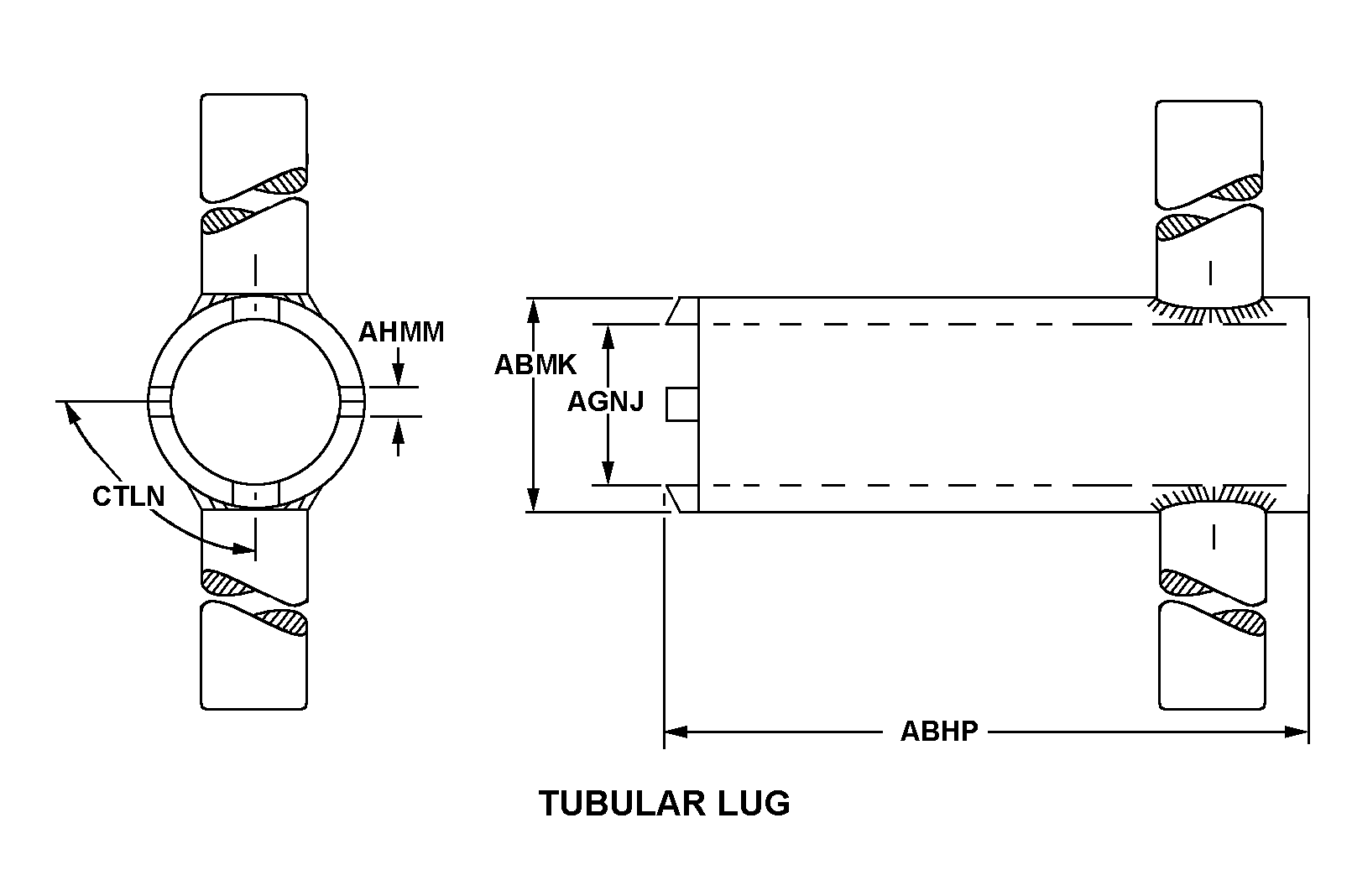
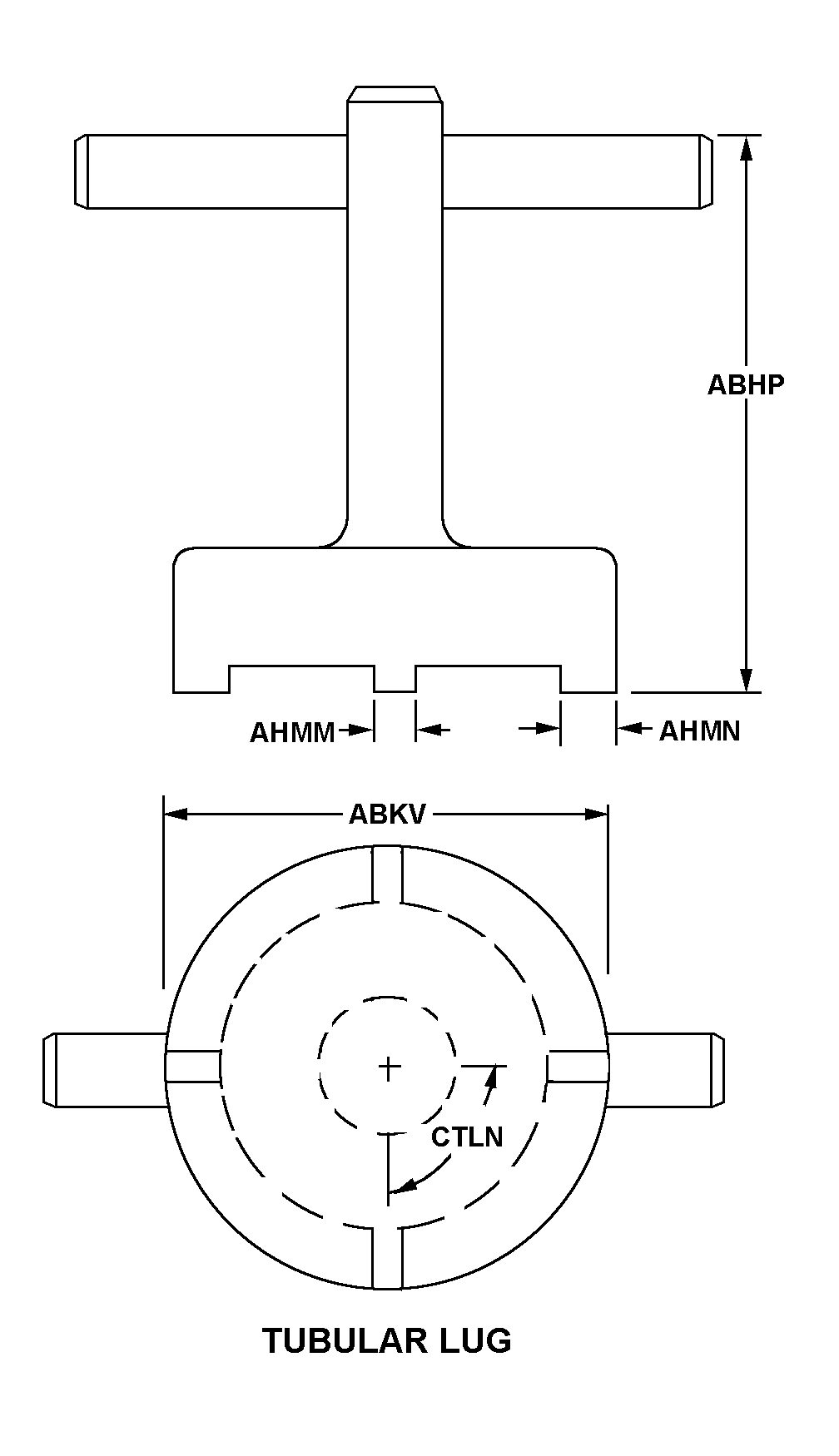
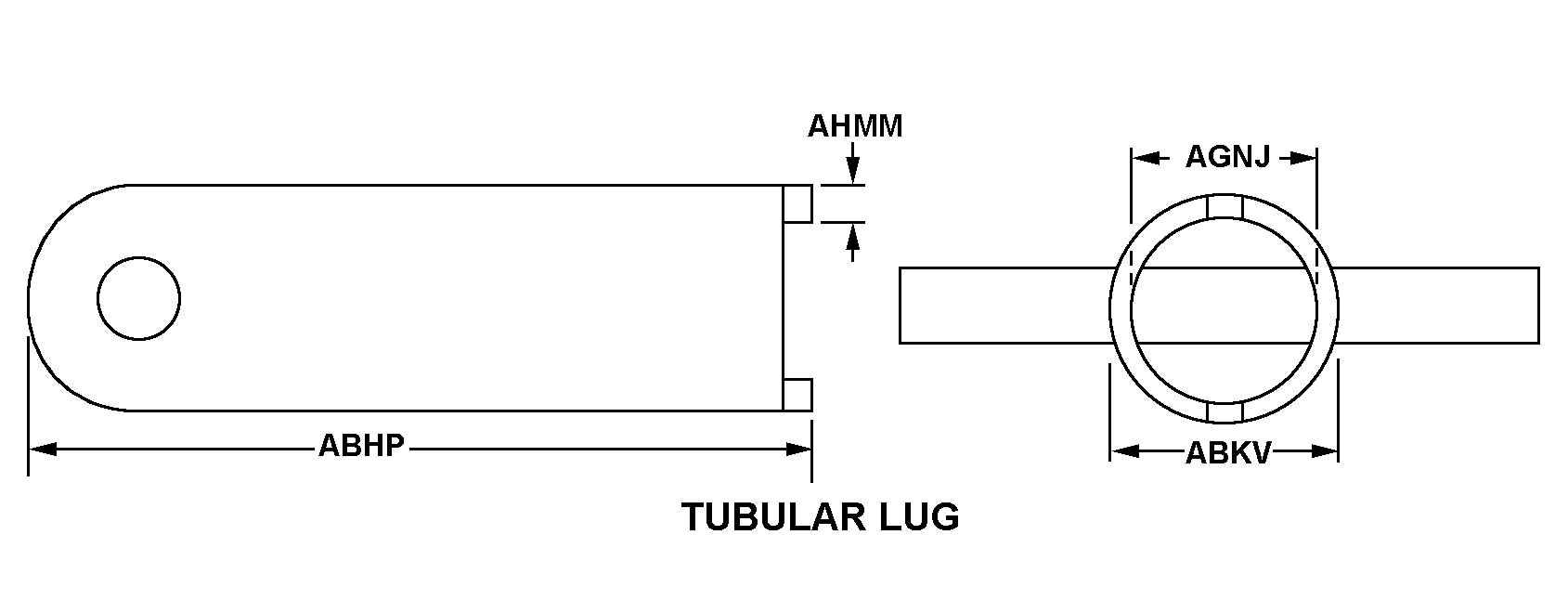
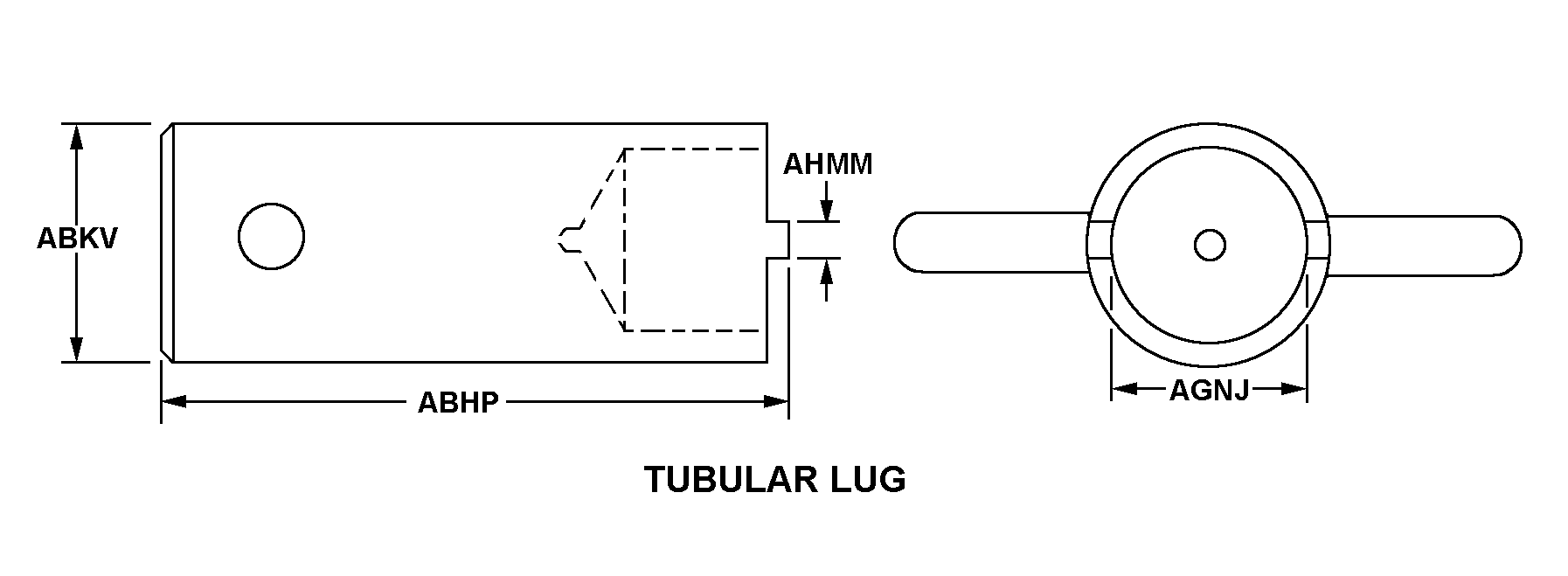
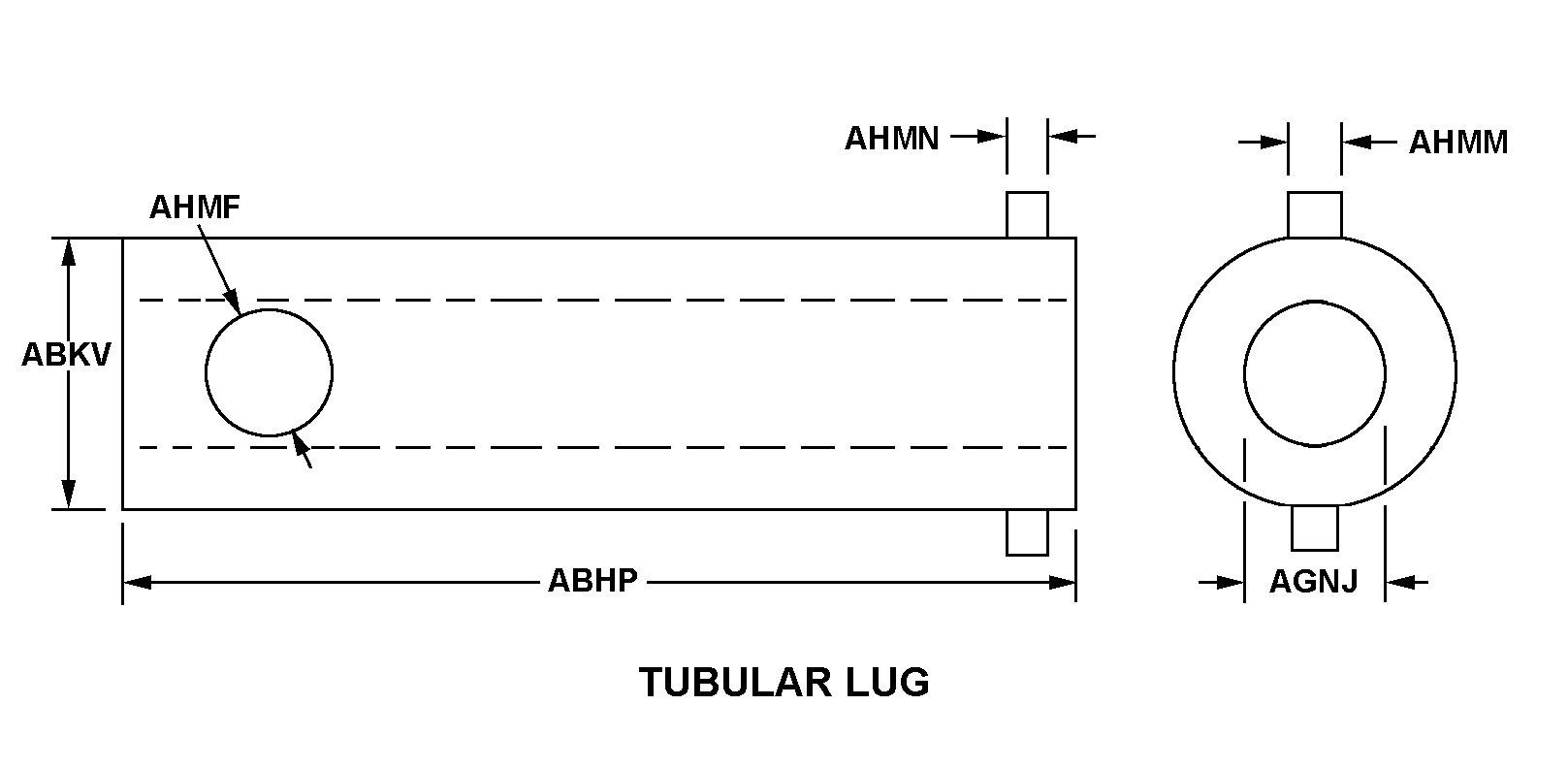
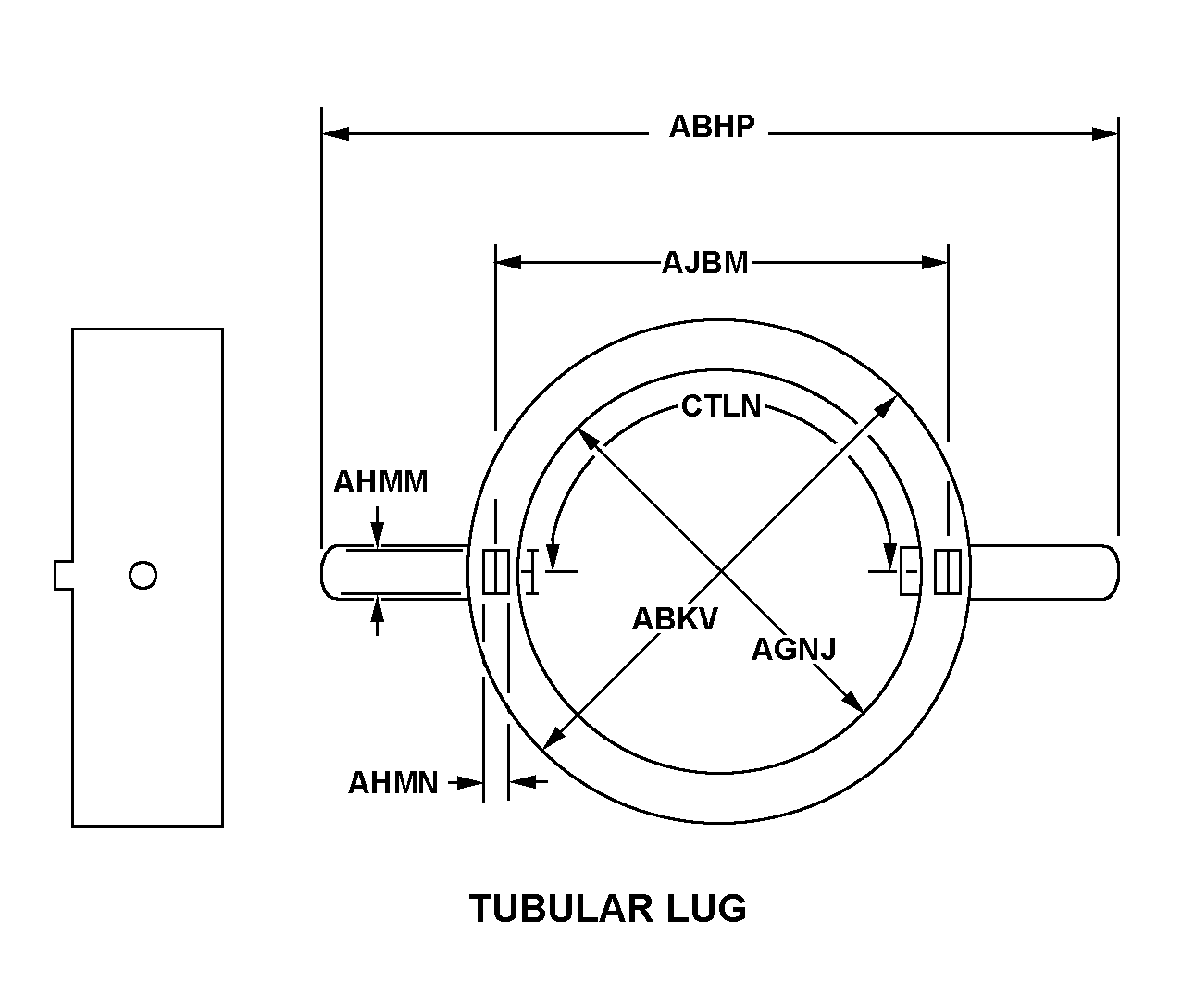
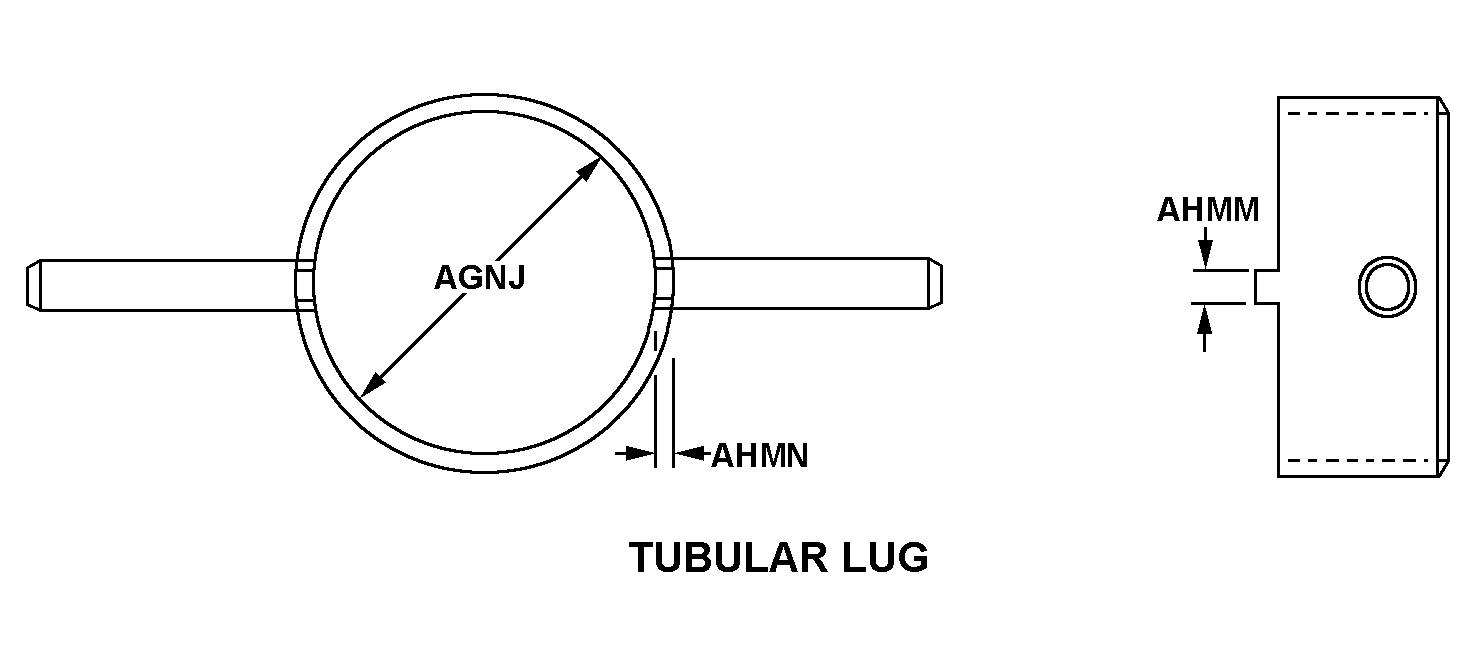
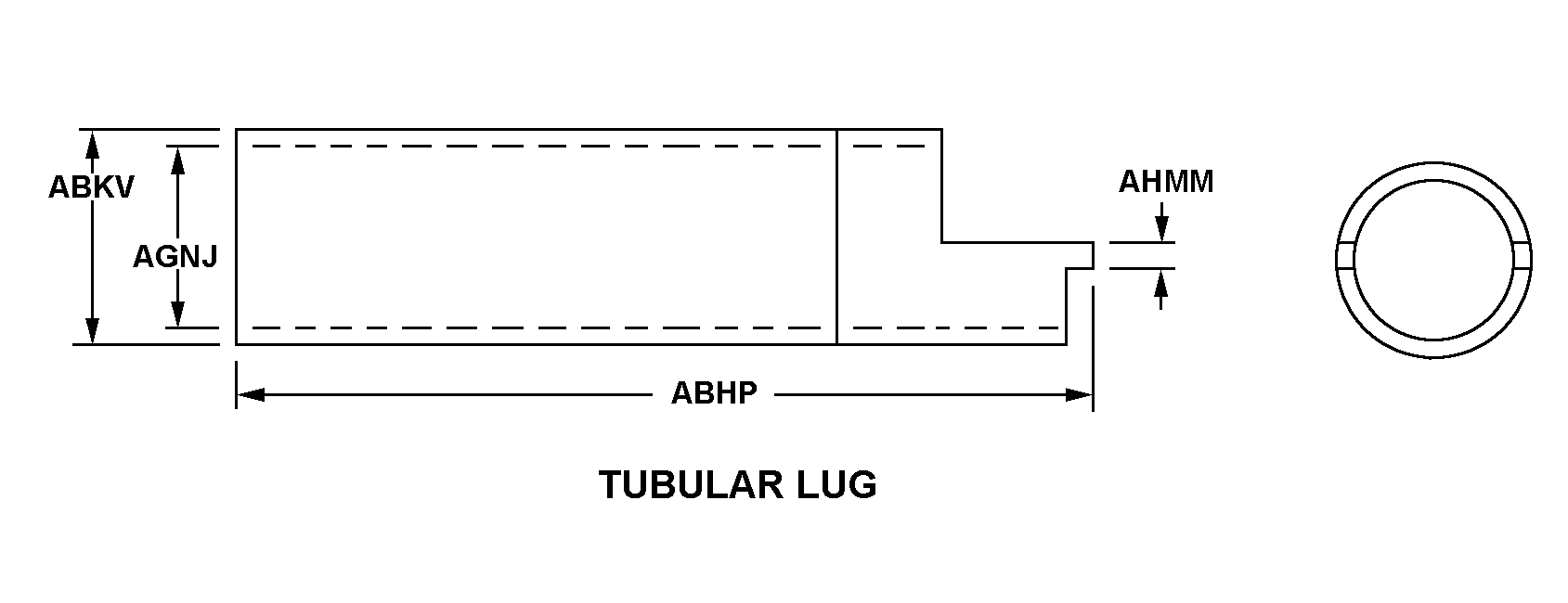
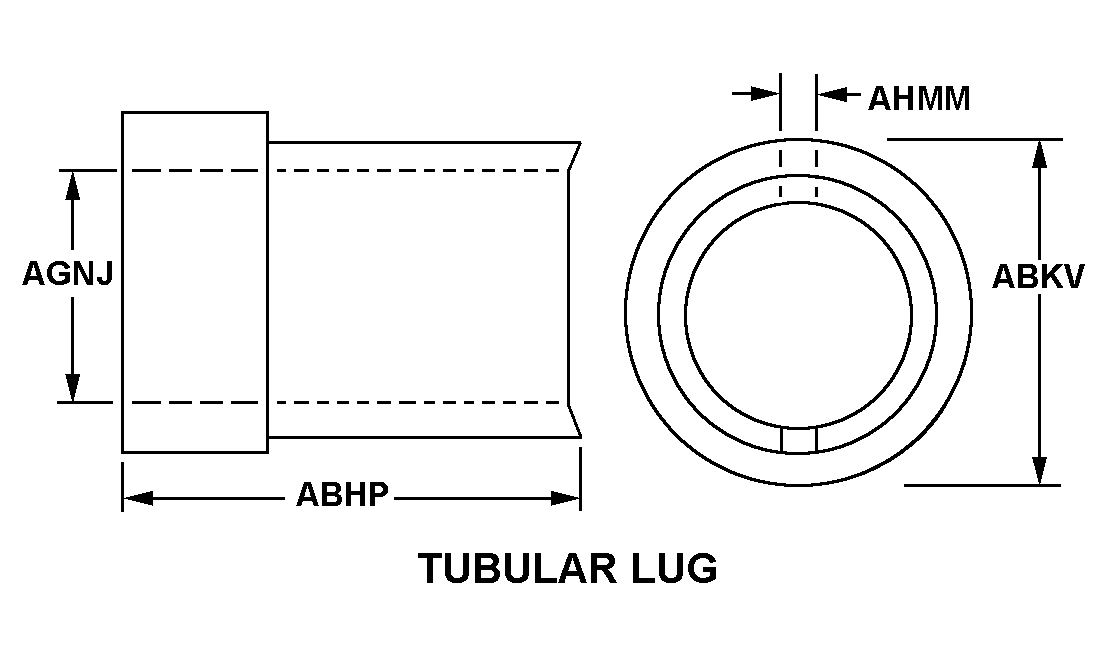
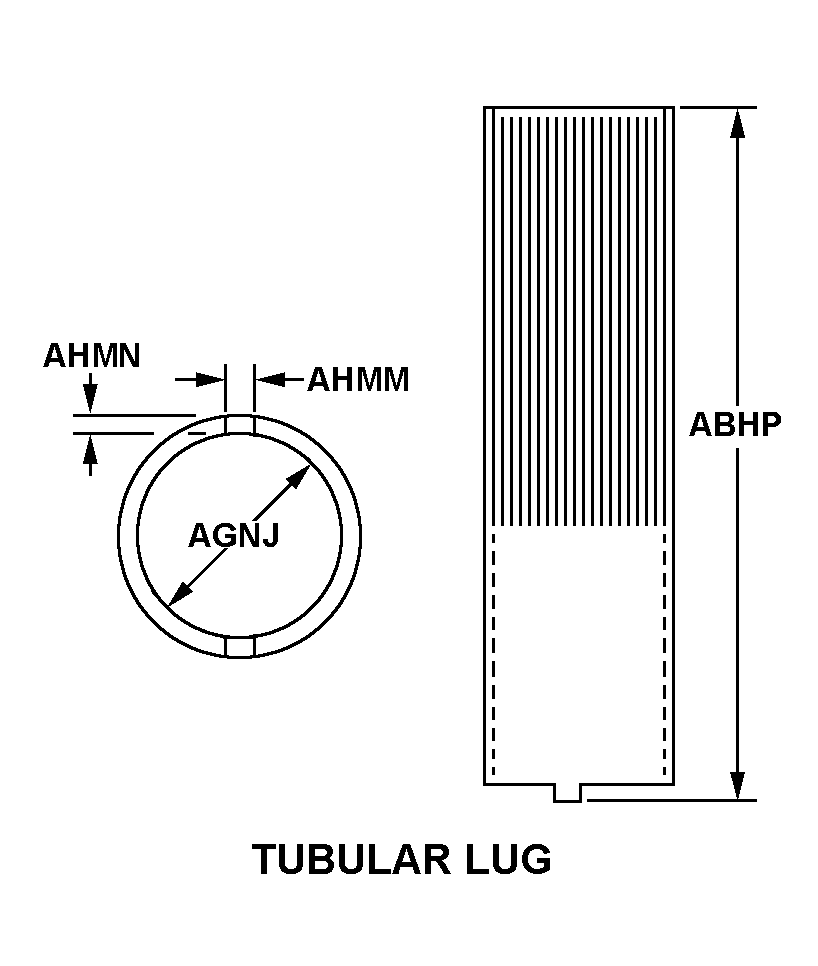

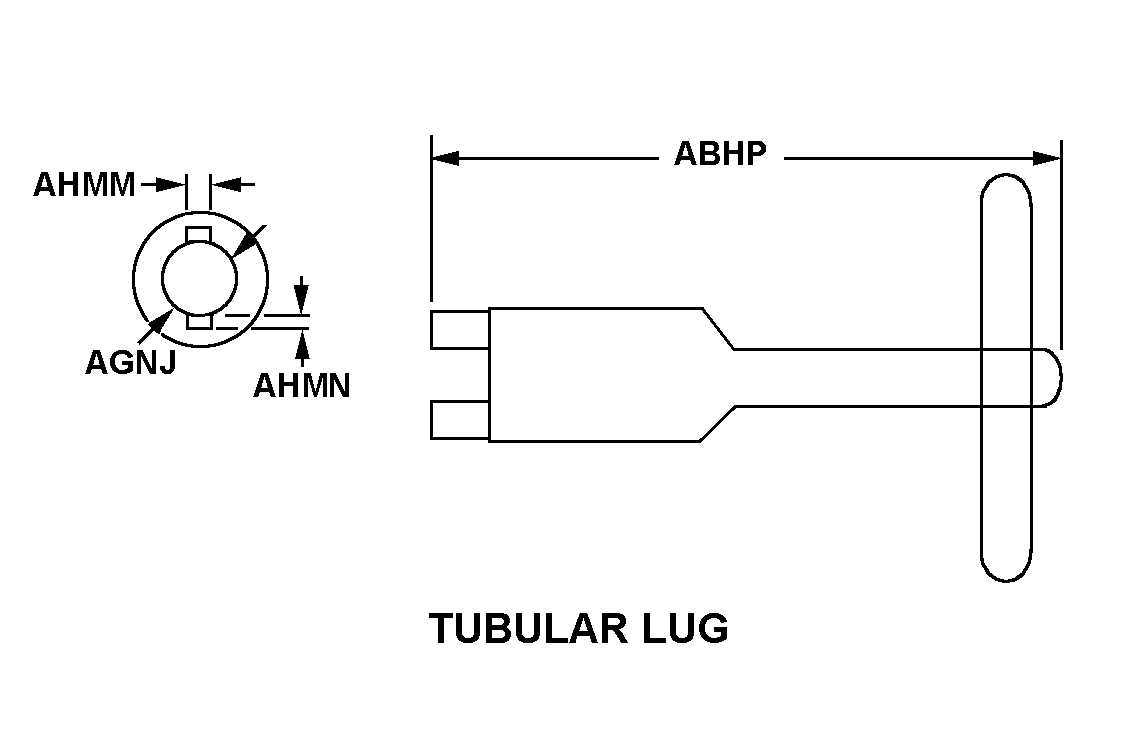
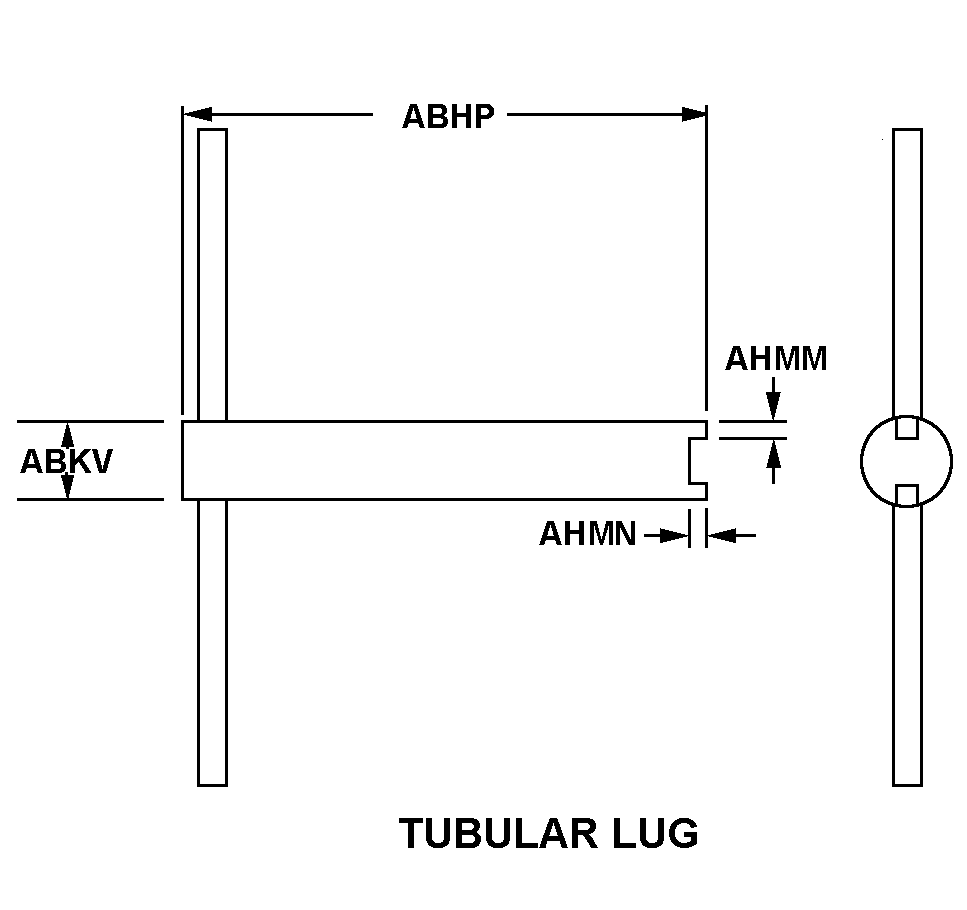
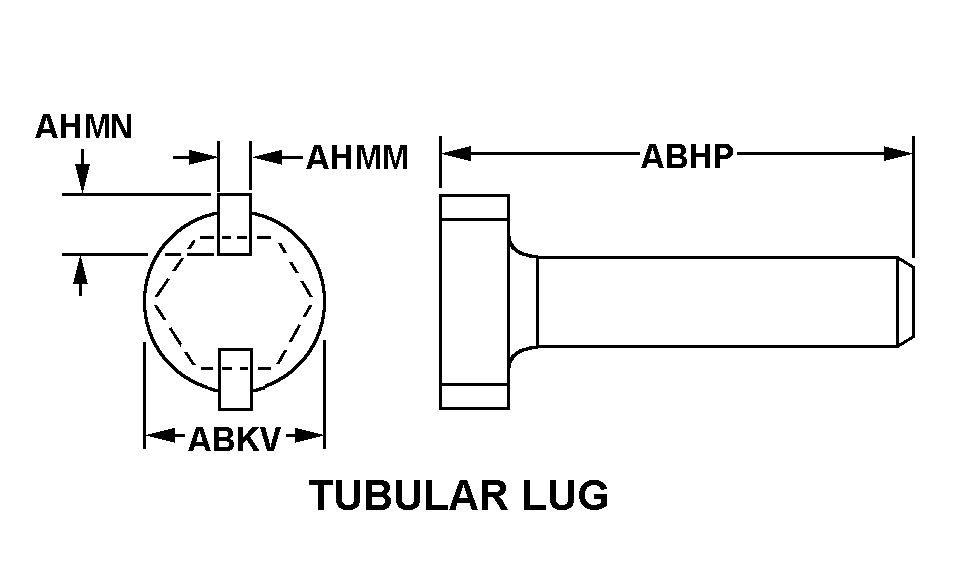
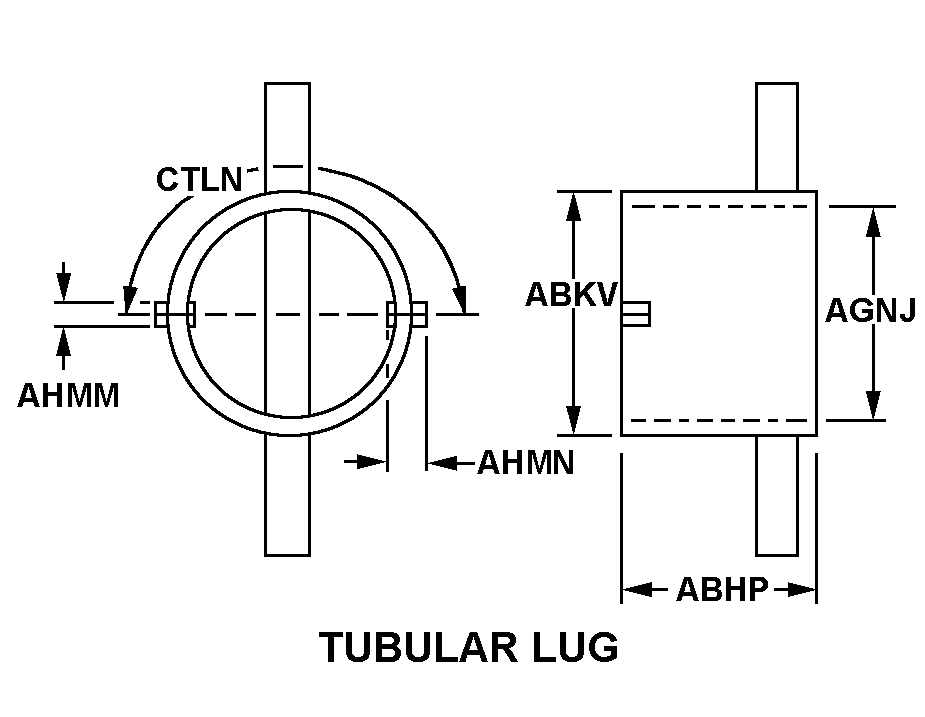
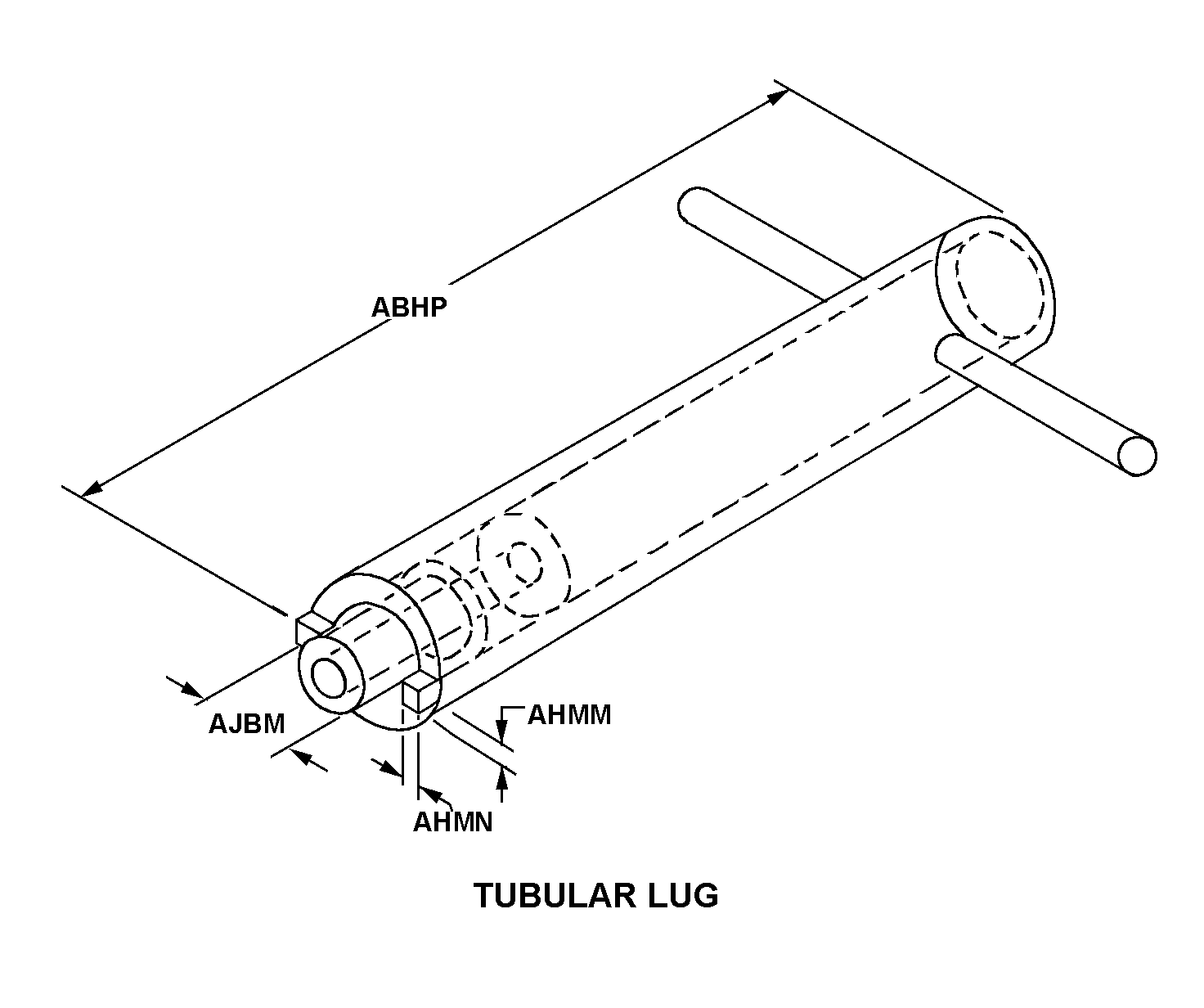
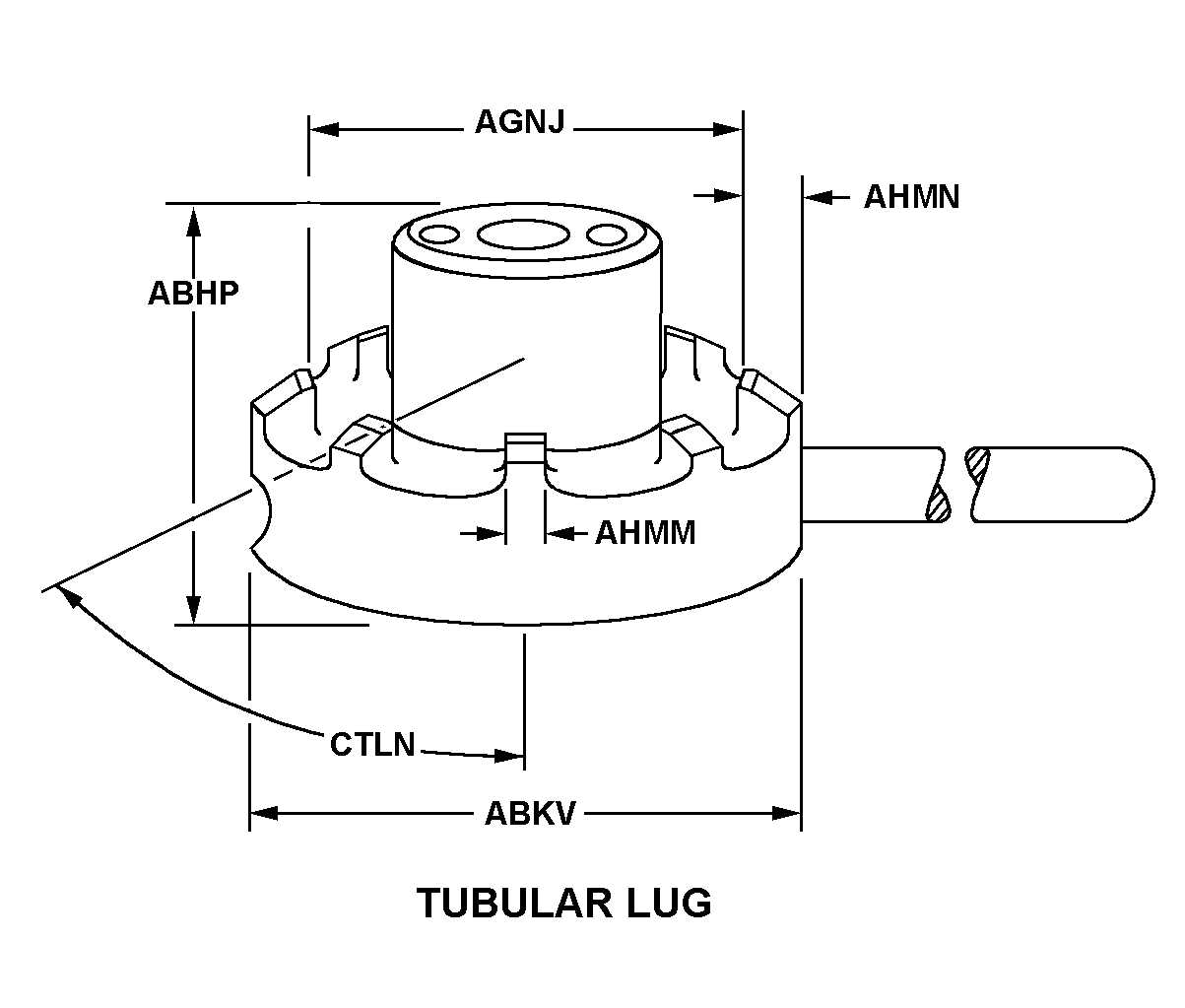

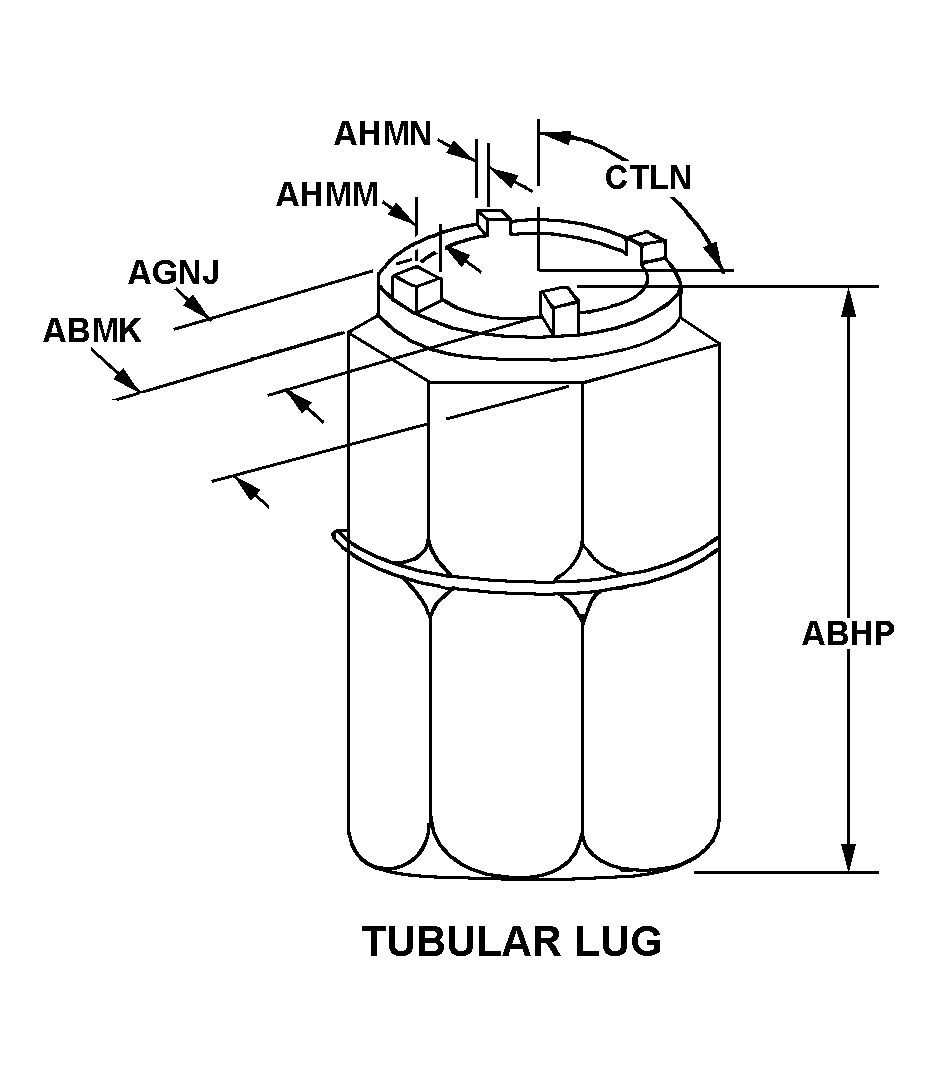
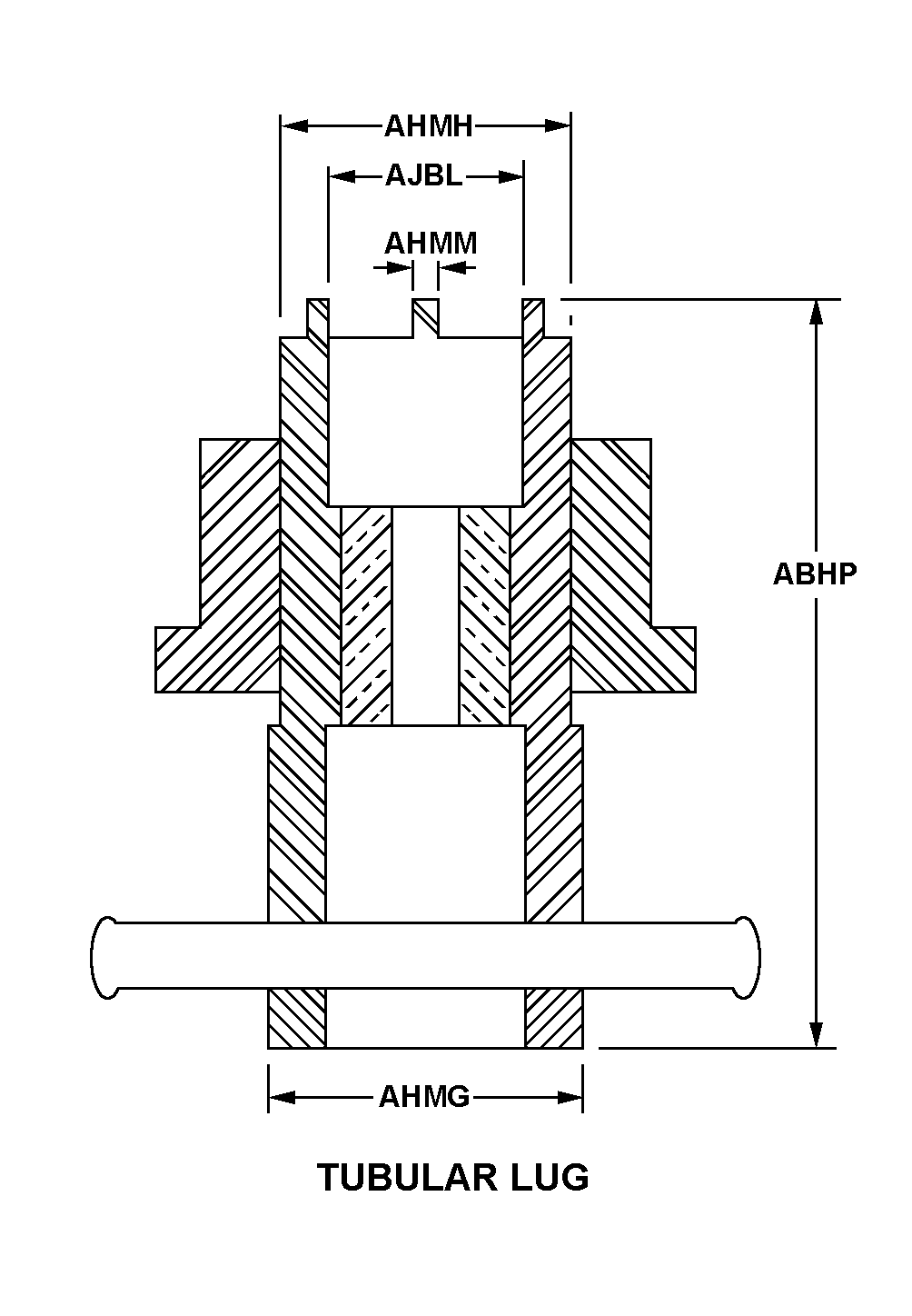
Definition Definition of approved item name (AIN): "WRENCH,SPANNER"
A tool on which are located one or more pins, lugs, holes, keyways, or hooks, designed to engage matching holes, slots, or projections on a coupling, nut, or the like; for exerting a torsional force, concentrated at a point or points of a mating part, tending to turn the mating part about an axis. The drive end may have a hole for a separate straight bar used as a handle. Excludes wrench, bung.
5120-00-610-4181 Material Hazmat, Precious Metals, Criticality, Enviroment, and ESD
Indicates there is no data in the hmirs and the nsn is in a fsc not generally suspected of containing hazardous materials.
Item does not contain precious metal.
The item does not have a nuclear hardened feature or any other critical feature such as tolerance, fit restriction or application.
Identification Codes
HMIC: Hazardous Material Indicator Code. A one position code that identifies a hazardous item.
PMIC: Precious Metal Indicator Code. A one position code which identifies items that have precious metals as part of their content. precious metals are those metals generally considered to be uncommon, highly valuable, and relatively superior in certain properties such as resistance to corrosion and electrical conductivity.
ESD: Electrostatic Discharge. Indicates if an item is susceptible to electrostatic discharge or electromagnetic interference damage. electrostatic discharge damage occurs when an accumulation of static electricity generated by the relative motion or separation of materials is released to another item by direct contact. electromagnetic interference damage occurs when an item comes into proximity with an electrostatic or magnetic field.
ENAC: Enviromental Attribute Code. Identifies items with environmentally preferred characteristics.
CRITL: Criticality Indicator Code. Indicates an item is technically critical by tolerance, fit, application, nuclear hardness properties, or other characteristics.






